
The future of military technology is brimming with innovations that promise to redefine the battlefield. From speed to stealth, the next generation of military vehicles is being designed to enhance capabilities and provide strategic advantages. Here’s a look at nine military vehicles that could revolutionize future warfare.
Hypersonic Strike Aircraft

Hypersonic strike aircraft represent a leap in aerial warfare, capable of reaching speeds exceeding Mach 5. These aircraft are designed to evade traditional missile defenses due to their extreme speed and agility. The potential for these aircraft to deliver precision strikes across vast distances in record time could change the dynamics of global military engagements.
One example is the development of the Lockheed Martin SR-72, a conceptual hypersonic aircraft that aims to achieve unprecedented speeds. The SR-72 is designed to deliver intelligence, surveillance, and reconnaissance (ISR) capabilities, as well as strike missions, at hypersonic speeds, making it a formidable tool in any military arsenal.
Autonomous Combat Drones
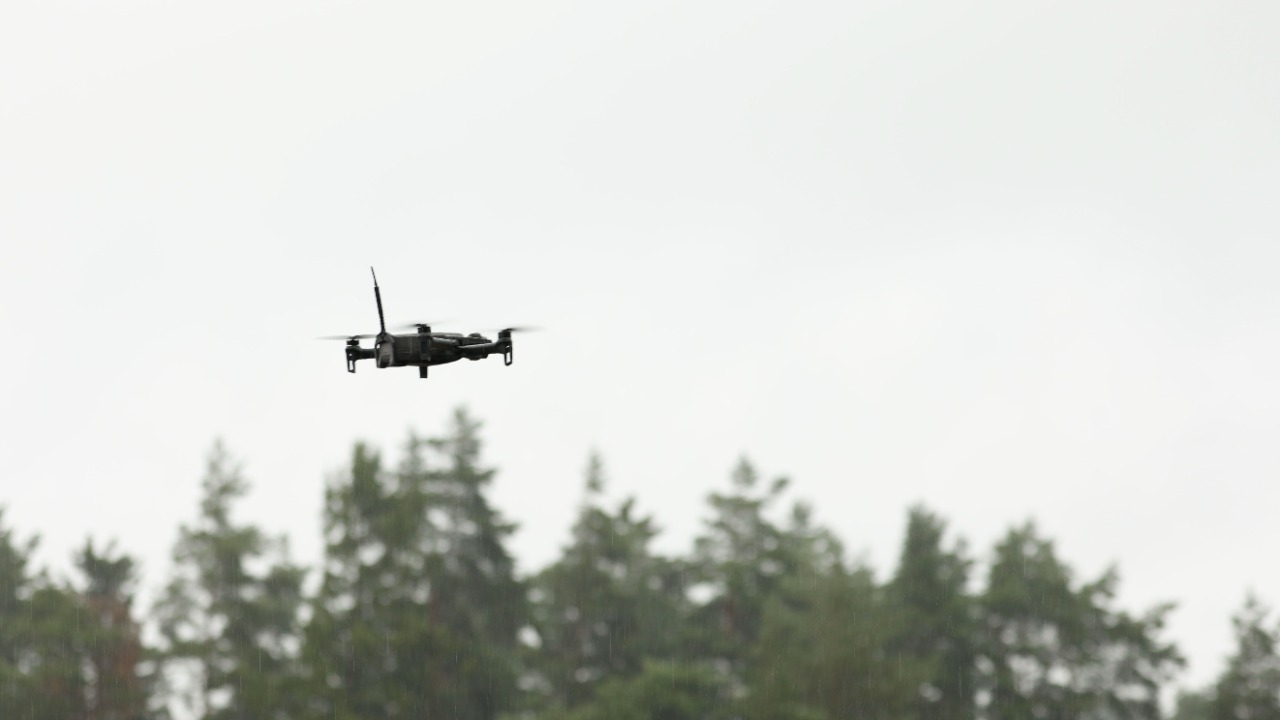
Autonomous combat drones are reshaping the landscape of aerial warfare. These drones operate without human pilots, using advanced AI algorithms to make real-time decisions in combat scenarios. Their ability to engage targets with precision while minimizing human risk is a significant advantage on the battlefield.
For a closer look at the current state of drone technology, check out the world’s best military drones. These drones are paving the way for future models that will offer even greater autonomy and effectiveness in diverse combat environments.
Quantum Stealth Tanks
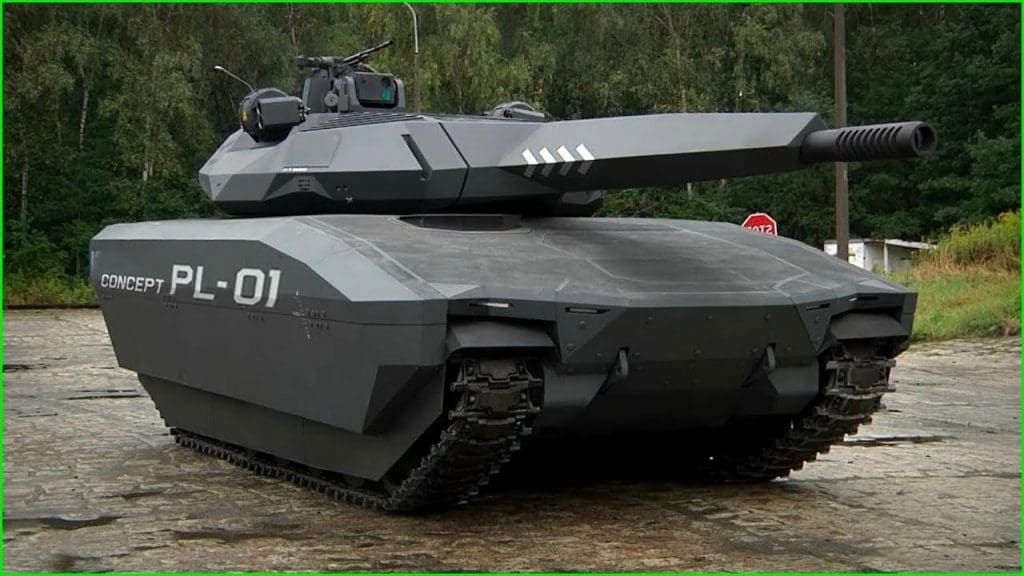
Quantum stealth technology is poised to make tanks virtually invisible on the battlefield. By bending light around the vehicle, these tanks can become undetectable to the naked eye and radar systems, providing a substantial tactical advantage. The integration of this technology into armored units could significantly enhance their survivability and effectiveness in combat zones.
While still in the experimental phase, the potential applications of quantum stealth are vast. As this technology evolves, it could become a cornerstone of future armored vehicle design, transforming the way ground warfare is conducted.
Submersible Aircraft Carriers
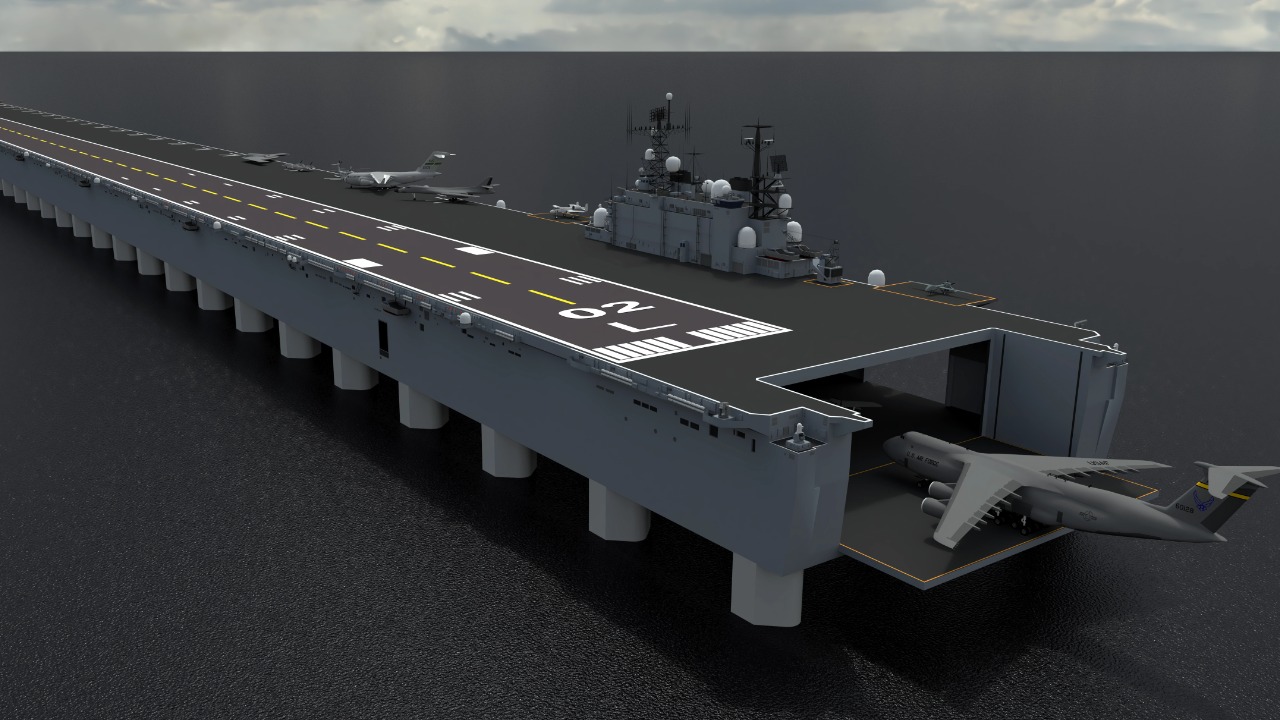
Submersible aircraft carriers offer a unique blend of naval and aerial capabilities, providing a stealthy and versatile platform for launching aircraft. These carriers can operate beneath the ocean’s surface, evading detection while positioning themselves strategically for air operations.
The concept of submersible carriers is gaining traction as advancements in submarine and carrier technologies converge. These vessels promise to offer unprecedented operational flexibility and could redefine naval power projection in the future.
Exoskeleton-Enhanced Infantry Vehicles
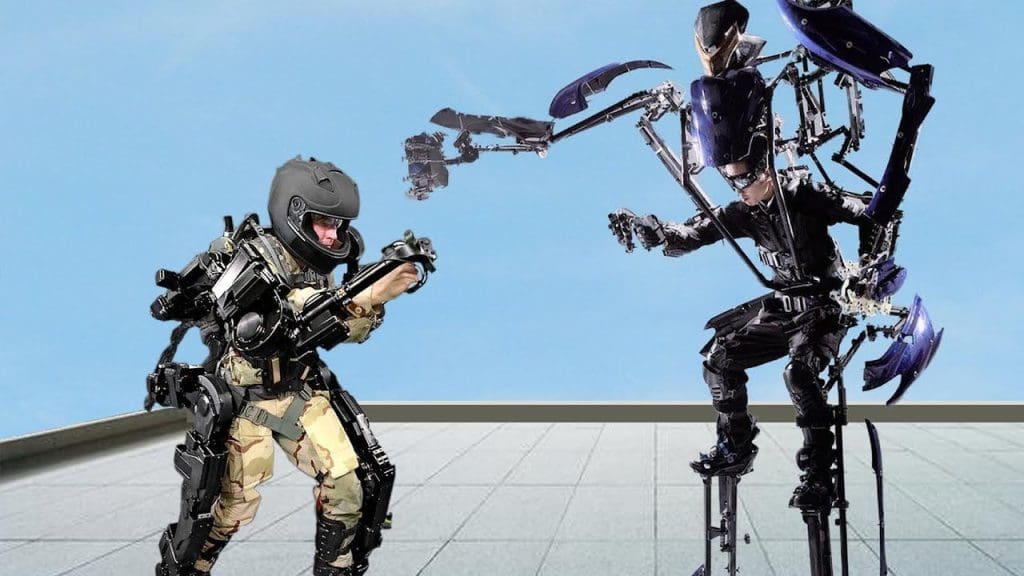
Exoskeleton-enhanced infantry vehicles combine the strength of armored vehicles with the agility of enhanced human operators. These vehicles are designed to support soldiers equipped with powered exoskeletons, allowing them to carry heavier loads and move more efficiently in combat situations.
This technology not only enhances the capabilities of individual soldiers but also extends the operational range of infantry units. The integration of exoskeletons with vehicles could lead to more effective and sustainable ground operations.
Laser-Equipped Armored Units
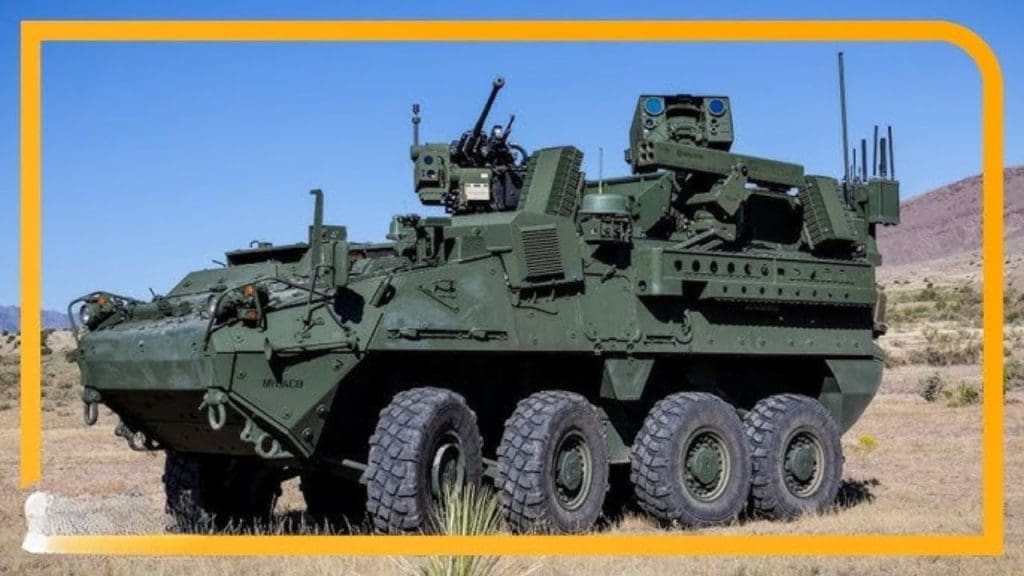
Laser-equipped armored units represent a new frontier in defensive and offensive capabilities. These units can deploy high-energy lasers to intercept incoming threats, such as missiles and drones, with precision and speed. Additionally, they can use lasers offensively to disable enemy equipment and infrastructure.
The development of these systems is a testament to the rapid pace of technological advancement in military applications. As laser technology becomes more widespread, it will play a crucial role in future armored unit design and deployment.
AI-Piloted Helicopters
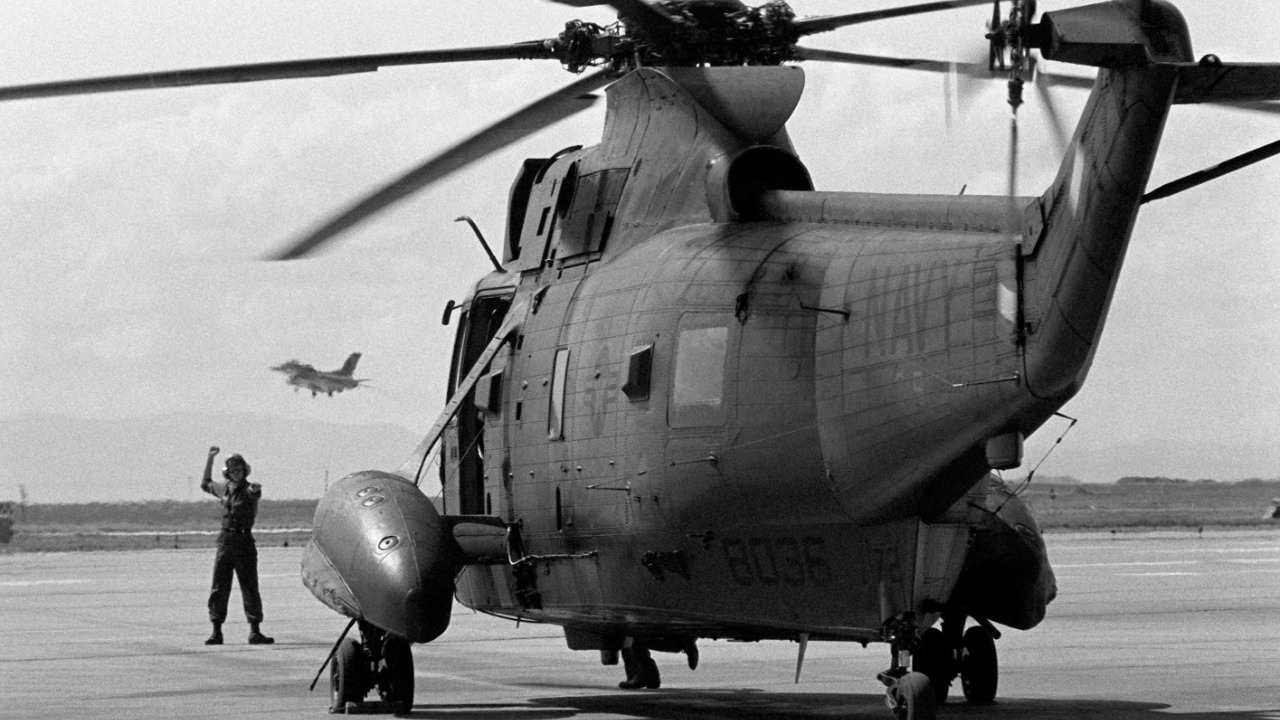
AI-piloted helicopters are set to revolutionize rotary-wing operations by reducing the need for human pilots and enhancing mission capabilities. These helicopters can autonomously navigate complex environments and execute missions with precision.
For insights into how AI is influencing various domains, including aviation, you can explore how American dynamism is shaping the future. As AI technology continues to advance, its integration into helicopter systems will increase, offering new possibilities for military and civilian applications.
Amphibious Assault Walkers
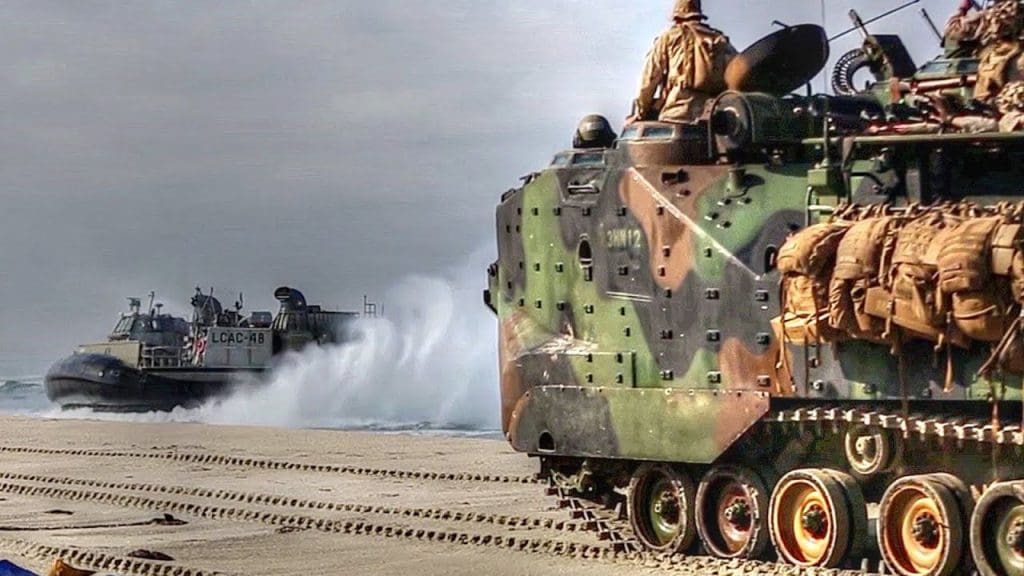
Amphibious assault walkers blend land and sea capabilities, offering a versatile platform for various military operations. These vehicles can traverse diverse terrains, including beaches and shallow waters, enabling rapid deployment and maneuverability in coastal regions.
The design of these walkers draws inspiration from science fiction, yet they are becoming a reality thanks to advancements in robotics and amphibious technologies. Their potential to support infantry operations in challenging environments makes them a promising addition to future military forces.
Modular Multi-Terrain Rovers

Modular multi-terrain rovers combine adaptability with rugged design, allowing them to operate effectively across varied landscapes. These vehicles can be configured for specific missions, from reconnaissance to logistics, by swapping out modules as needed.
The flexibility of these rovers makes them an ideal choice for modern military operations requiring rapid adaptation to changing conditions. To see how modularity is influencing other industries, you can explore top car deals, where customization and versatility are key selling points.